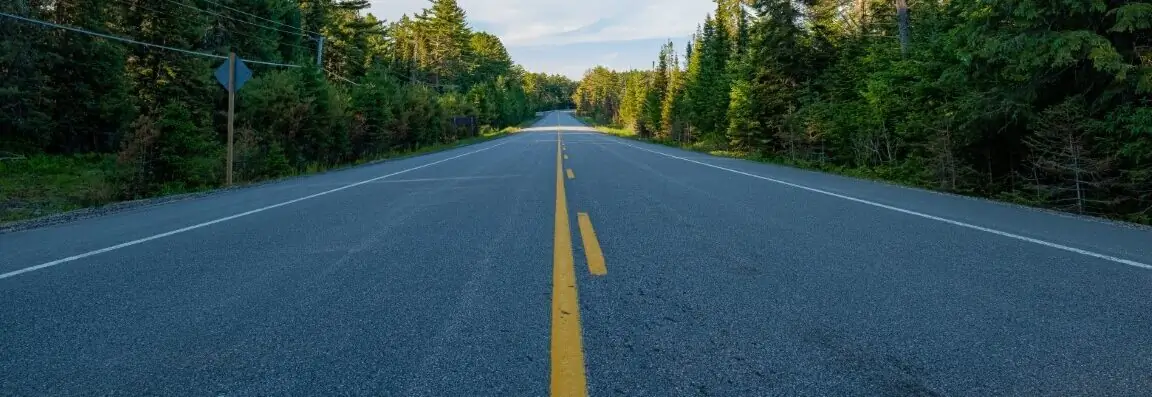When a natural disaster strikes, communities rely on municipal leaders for support and direction. To effectively support communities in a time of need, municipalities need to have an actionable plan that goes beyond rebuilding efforts and repairs to meet fundamental human needs.
At this year’s Good Roads conference, I moderated a discussion on the impacts of natural disasters across the country. Joined by a panel of experts, we talked about emergency response needs immediately following a disaster and the transition to the longer-term work required to rebuild a community – ideally in a more resilient and sustainable way.
Our conversation highlighted some valuable insights on how municipalities can take a more community-focused approach to emergency management.
1. Be event agnostic. Plan for the impacts of any event
When disaster strikes, it impacts community stakeholders in various ways. Natural disasters are increasing in severity, number and variation. It’s important for municipalities to step back and think about the commonalities between event impacts. This enables municipalities to take an “all-hazards approach” and prepare a comprehensive plan that addresses the impacts of various emergency events.
“You’re always prepared for the last crisis,” commented Michael Papadacos, Director of Asset Management and Capital Planning at the City of Peterborough. “We invested in flood reduction and flood planning efforts after the 2004 flood, but when a derecho struck in May 2022, we were caught a little bit flat footed. It’s given us a fresh reminder of the importance of stepping back. What support systems are you going to lose? What might that cause? And how might you need to address those impacts in the planning process?”
2. Re-examine the relevance of your risk assessment list
“In Ontario, every municipality is required by law to have an identification of risk assessment list,” explained Rick Bernard, Manager, Emergency Management for the City of Brampton. “It’s a list that identifies and prioritizes the threats and hazards a community may face. The [events] we plan for now happen more often than they did 20 years ago when we were scenario-based planning. Now, we take an all-hazards approach because a lot of the impacts will be the same no matter the type of emergency.”
Regardless of the event, municipalities need a plan that assesses and responds to various vulnerabilities including infrastructure, communication systems, community services and emergency training programs. An all-hazards approach should also include plans for managing scenarios where residents are displaced or experience long-term power loss.
Jake Gravelle, Area Manager, Roads Services – Public Works, with the City of Ottawa emphasizes this point. “From a human needs side, emergency preparedness includes the ability to get a hot shower and to charge a cell phone or laptop. We created reception centres across the city for people to come in and charge their devices.”
3. Leverage your Incident Management System (IMS) to mobilize quickly
When a disaster occurs, the 9-1-1 calls will start rolling in. Having clear communication and tasks assigned to your emergency response teams will help them get where they need to go.
“The IMS command system is a framework to respond to small and large emergencies,” said Brampton’s Rick Bernard. “It’s a structure that we use to mobilize more than just the trifecta of medical, fire and police, but also the department services that aren’t usually exposed to emergencies, such as public works, communications and parks. We train and work with our people throughout the year to make sure they’re aware of their responsibilities and expectations.”
4. Recognize and plan for long-term event outfalls
It can take time to assess and gather the resources you need for your recovery tasks. Although Ottawa’s May 2022 derecho lasted only 20 minutes, it left thousands of tonnes of debris in its wake. Crews travelled the equivalent of 10,705 kilometres clearing debris – more than the length of the entire Trans-Canada highway network. Severe weather impacts can be incredibly damaging and although municipalities have measures in place, long-term recovery efforts can be one of their biggest challenges.
Noted Peterborough’s Michael Papadacos, “When an [emergency] event comes along, you need to dedicate all your resources to assist with recovery efforts. Our urban forestry programs have been disrupted and it will take years for us to reset them. Seventy-five percent of last year’s planned tree planting was deferred because stumps didn’t get removed, and now we need to replace those downed trees in addition to new tree planting objectives.”
5. Engage the community to support one another and build resilience
Rick Bernard shared his experience with community support. “We had a lot of agencies that kept showing up, animal services, parks people, communications people and other volunteer groups. Even through a holiday, they kept showing up to help us and our residents.”
Immediately after a disaster, people genuinely want to help. But when it comes to managing long-term outfalls and backlogs of work, it can be hard to find the time, capacity, funding and support needed to invest in community resiliency planning.
“I’m a proponent of leveraging data to tell stories to help people understand situations and set the stage for what we can do moving forward,” said Brampton’s Rick Bernard. “You need to collect and parse it in a way that makes sense for people. You need to have good asset management practices and good data collection practices in place now, so that when the event hits, you’re carrying on with it.”
Originally published by the Ontario Good Roads Association.






